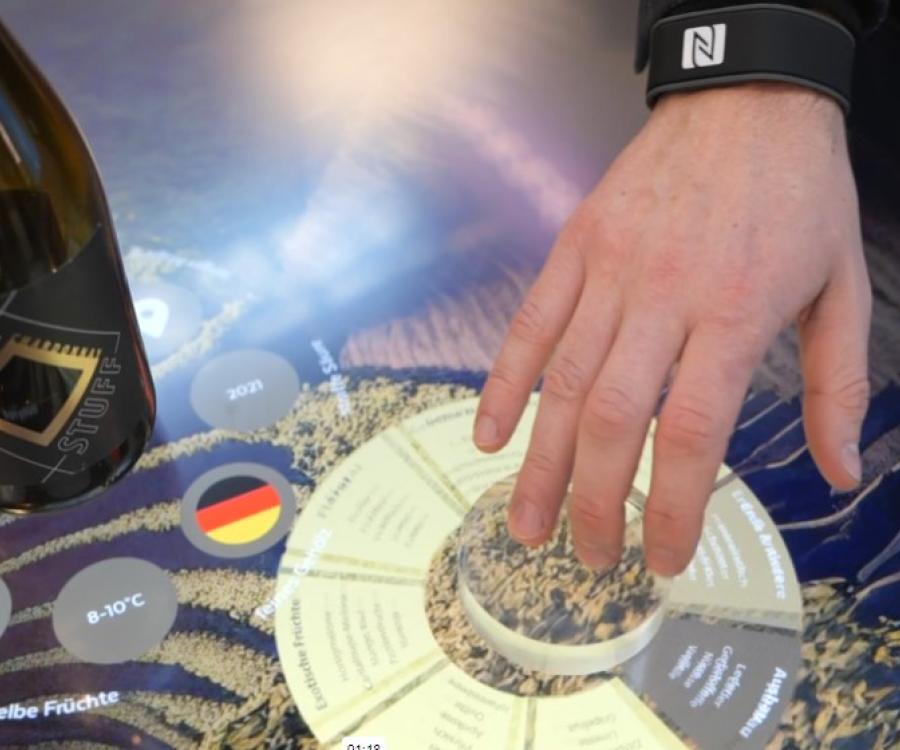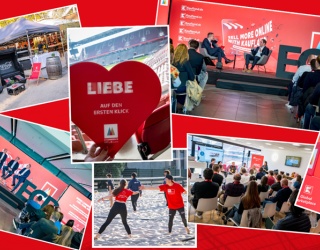
Ten years ago many retailers were still thinking about whether putting up a website made sense. The value of doing so was difficult to quantify in hard ROI terms. Fast forward 10 years, and websites have become passé, giving way to Facebook, Twitter, and Pinterest. Ten years from now there's no telling what we'll need to do to connect with our customers.
Many retailers are fretting over the growth of showrooming, where shoppers look at an item in a brick and mortar store, then buy it online for less. What retailers should be more concerned about is whether they have an integrated online presence, and how that connects to the in-store experience, or if it even does connect. Is the experience for shoppers offline and online seamless and consistent?
One of the concerns that goes all the way back to those original website questions has to do with the audience for such advances. Who is the target for new media, and by putting more emphasis on digital are we at risk of alienating our "traditional" shopper base?
Retailers historically have fallen in love with technology quickly. Kiosks, handheld devices, fingerprint payment terminals; even the switch to scanners back in the late 1970s was driven by retailers. The perceived payback on these devices tended to be in the form of labor savings as stores struggled to find ways to cut their single greatest controllable cost. But shoppers rarely asked for these "advances." While checkstand scanning has become the norm, kiosks and handhelds have rarely caught on, with a few notable exceptions.
Make sure that any new technology or marketing plan is focused on making the shopping experience better, not just cheaper or more efficient for the store.
If the new program requires shoppers to change long-term habits, that's a red flag that the program is destined for failure. In a turnabout, mobile is being driven by shoppers more than retailers, which is a compelling reason to get on the mobile bandwagon, but with the shopper in mind.
2013 has been touted as the year that the mobile wallet will really gain ground. Maybe. Part of the problem with the term "mobile wallet" is that it's a slippery definition. If we're talking about something that's going to replace that worn leather accessory full of cards, identification, and old shopping lists, we're likely a good ways off from that. Early adopters will jump on board and will be more willing to put up with the occasional bumps in the road. But others -- probably the majority -- are going to want to wait until they see a clear benefit or are forced to make the change.
Don't force shoppers to use new technology if they aren't ready.
Change is difficult for everyone, and when personal and/or financial data is involved, expect a long, slow journey to implementation. For those not willing to adapt, let them do what they have been doing. This also means not treating them like anachronistic Luddites or exceptions to the new process.
E-commerce sites are fairly commonplace today, but a number of challenges remain. For example, more than a few retailers have been caught with a different (i.e., higher) price online than in-store, or vice versa. When competing with the likes of Amazon, the online price should always be the best price offered. But those shopping in the brick and mortar environment shouldn't be penalized. Doing otherwise confuses and alienates shoppers.
Integrate online and offline, and be willing to make adjustments to make the sale.
Don't tell shoppers in-store that they need to buy a product online to get that price -- ever. You might as well send them to your competition, for good.
Marketing plans must reach and connect with many audiences. The secret is to offer choices in everything from engagement (e.g., buying a car online vs. going to a dealer) to giving the customer options for marketing materials, purchases, communication, and so on. Don't force shoppers to "like" your Facebook page to get a deal. Offer that, but offer an alternative as well to get the same deal.
In short, the secret to successfully marketing to the full spectrum of shoppers without alienating any specific group is to be transparent in your communication, open to shopper needs, and willing to offer multiple options for any given promotion or event.









